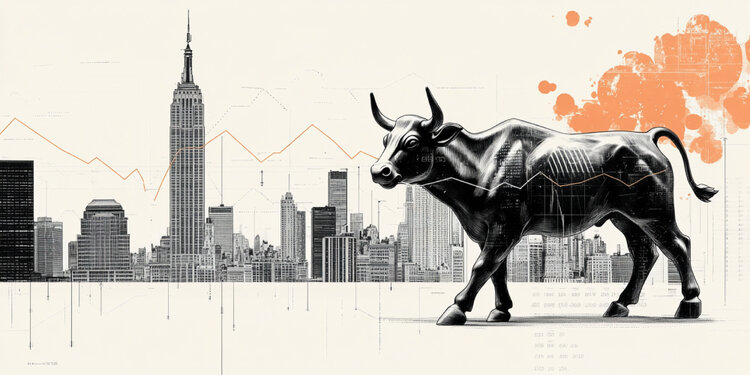A survey by the United Nations Children’s Fund (Unicef) monitored the social impact of the Covid-19 pandemic in Brazil and estimates that 39.5% of children and adolescents in the country face monetary poverty – defined by the World Bank, for countries upper-middle income, such as living on less than $5.50/day.
The percentage of 39.5% was calculated for the second and third quarters of 2021. During this period, the problem intensified with the reduction in the value of the emergency aid installments.
According to UNICEF data, in 2020, during the monthly payment of BRL 600, the benefit prevented 4.4 million children from falling into monetary poverty.
The survey was based on the National Household Sample Survey, from the Brazilian Institute of Geography and Statistics, with numbers that allowed observations in 2020 and, for 2021, simulations.
The UNICEF representative in Brazil, Florence Bauer, highlights the importance of emergency aid, but emphasizes that it does not definitively solve inequality.
“The research shows that, if there had been no emergency aid, the impact on child monetary poverty would have been around ten points higher. In other words, it was a fundamental measure to prevent it from having an even stronger effect on children and adolescents. But what the research also shows is that measures of this type are important in this moment of crisis, but they also do not solve the problem of poverty”, he added.
Search results
By 2020, according to UNICEF, poverty reached 35% to 45% of children and adolescents and 20% of adults. In the case of extreme poverty (living on less than US$ 1.90 a day), the average for these groups was 12% and 6%, respectively, that is, the children and youth population is more impacted than the population over 18 years of age.
In the first months of emergency aid, in the case of monetary poverty, there was a drop of 6 to 7 percentage points for children and adolescents. For the general population, the reduction was five points. In relation to extreme poverty, the index dropped from 12% to 6% in the child population; and from 6% to 4% among adults.
As of September 2020, emergency aid installments dropped from R$600 to R$300.
“In the last quarter of 2020, the percentage of the total population and children and adolescents below the monetary poverty line was practically at the same level as before the pandemic. In the case of extreme monetary poverty, the percentages were slightly below those of the last quarter of 2019… This is explained by the fact that, even with half the amount of the aid, the benefit still allowed families to reach a per capita family income above the U line $1.90 a day,” says the survey.
“It is an indicator that makes it possible to really measure the poverty situation of children and adolescents, knowing that this has an impact on many dimensions: nutrition, on their own health, education, on the development of children and adolescents. Precisely at that stage where it is so fundamental to have access to all these various dimensions”, puts Florence Bauer.
Emergency aid was suspended in the first quarter of 2021 and returned later, with fewer resources. Even with the lower value, the research indicates that the benefit prevented the maintenance of poverty in the levels prior to the pandemic.
According to the survey, while it was in effect, it was responsible for preventing around 1.8 million children from being in a situation of monetary or extreme poverty.
The survey also shows the inequalities faced in the country. Monetary poverty and extreme poverty among non-white children recorded rates about twice as high as white children. In addition, among the regions of Brazil, the North and Northeast were more affected.
In view of the survey results, the UNICEF representative in Brazil, Florence Bauer, defends the importance of actions to serve this public.
“Unicef recommends that these policies be designed on a permanent basis and with a guarantee of long-term resources in order, precisely, to be able to maintain this effect of reducing poverty in childhood”, he stated.
Source: CNN Brasil
I am Sophia william, author of World Stock Market. I have a degree in journalism from the University of Missouri and I have worked as a reporter for several news websites. I have a passion for writing and informing people about the latest news and events happening in the world. I strive to be accurate and unbiased in my reporting, and I hope to provide readers with valuable information that they can use to make informed decisions.







